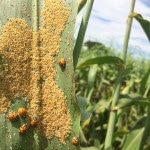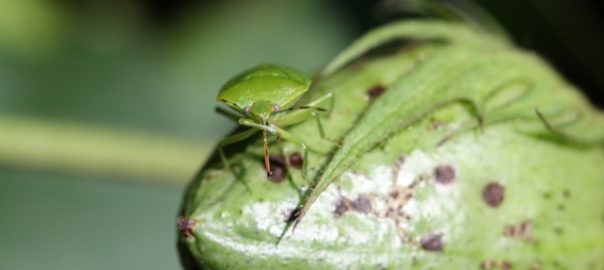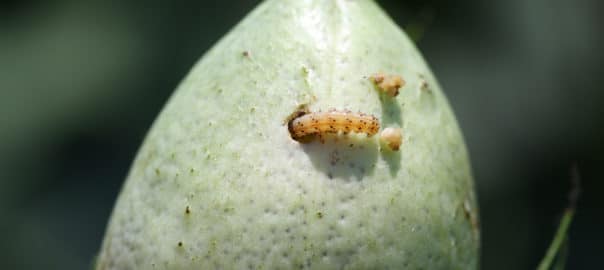Below is a synopsis of take home points about insect management that I tried to make during the winter meeting season. Obviously, I’ll get into many of the topics in greater detail as the season progresses, but here is some food for thought. Continue reading
All posts by Scott Stewart, West TN Research & Education Center
Transform WG – Section 18 Approved for Cotton in TN
Once again, the TDA and EPA have approved the use of Transform WG in cotton for the control of plant bugs. Hopefully, this will be the last year a section 18 request will be needed, pending a new label for this product.
Primary Restrictions:
- Preharvest Interval: Do not apply within 14 days of harvest.
- Minimum Treatment Interval: Do not make applications less than 5 days apart.
- Do not make more than four applications per acre per year.
- Do not make more than two consecutive applications per crop.
- Do not apply more than a total of 8.5 oz of Transform WG (0.266 lb ai of sulfoxaflor) per acre per year.
This labeling must be in the possession of the user at the time of application … Section 18 Label Transform WG – Cotton
Emergency Exemption (Section 18) Granted for Sivanto in Sweet Sorghum

The Tennessee Department of Agriculture and the EPA has again approved a Section 18 that allows the use of Sivanto prime on sweet sorghum for the control of sugarcane aphids during 2019. This pest is potentially devastating for those growing sweet sorghum for molasses or other uses, and Sivanto prime is an excellent any the only available insecticide option in this crop. Specific requirement for it’s use are summarized below and detailed in the Continue reading

Cotton and Soybean Update
I ran a post last week that somehow got lost in cyberspace, so this is my effort to recreate it.
Cotton: The gist of my post last week was that most early planted cotton has accumulated more than 350 DD60s past NAWF5, and thus, insect management was Continue reading
Cotton and Soybean Insect Update
Cotton: Much of our cotton is within 7-10 days of when insect controls can be terminated, and it looks like this cotton may outrun the bollworm moth flight in many areas. Most the bollworm action appears to be pretty moderate and still primarily concentrated along the Mississippi River and south of I-40. Having said that, we are some seeing bollworm larvae slip through on Bollgard 2, WideStrike, and TwinLink varieties. It’s a numbers game. Continue reading
The Problem with Insects is ….
Insect pests are irritatingly unpredictable about when, where and how bad infestations will be. But there are patterns that repeat themselves annually. Continue reading
The bollworm moth flight is beginning so I should …
Moth traps and field reports indicate the beginnings of the bollworm moth flight that could affect both cotton and soybean. Below are my suggestions on deciding if and when to make an insecticide application, and with which insecticides. Continue reading

Cotton – Thinking Ahead About Bollworms
It is uncertain how big our moth flight will be this year. As usual, bollworm moth catches have been generally low to this point. However, you can expect activity to slowly increase, with a peak in moth activity occurring the last week of July and the first week of August. With the decreasing efficacy of pyrethroid insecticides and increasing tolerance to some Bt toxins, you should plan on using Continue reading
